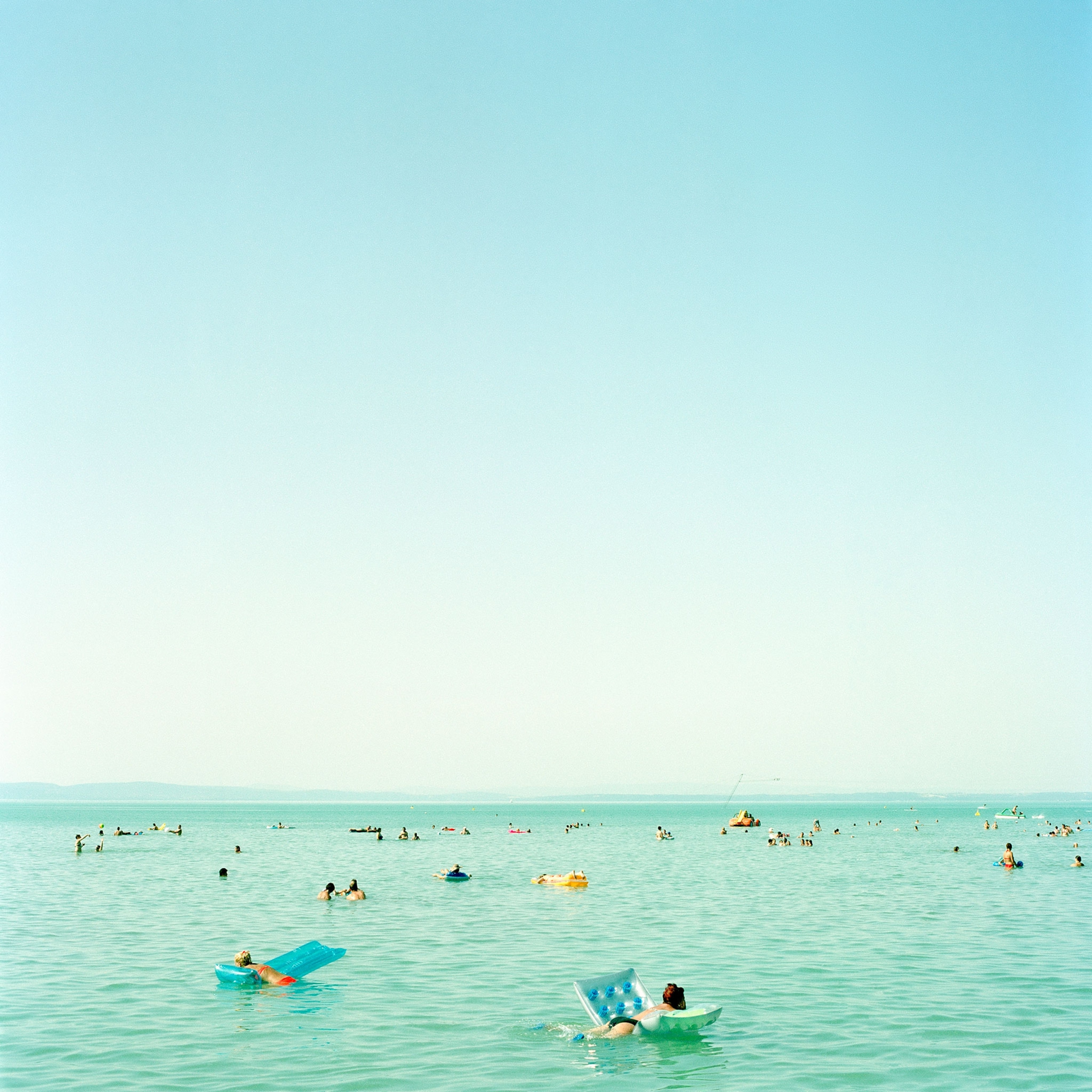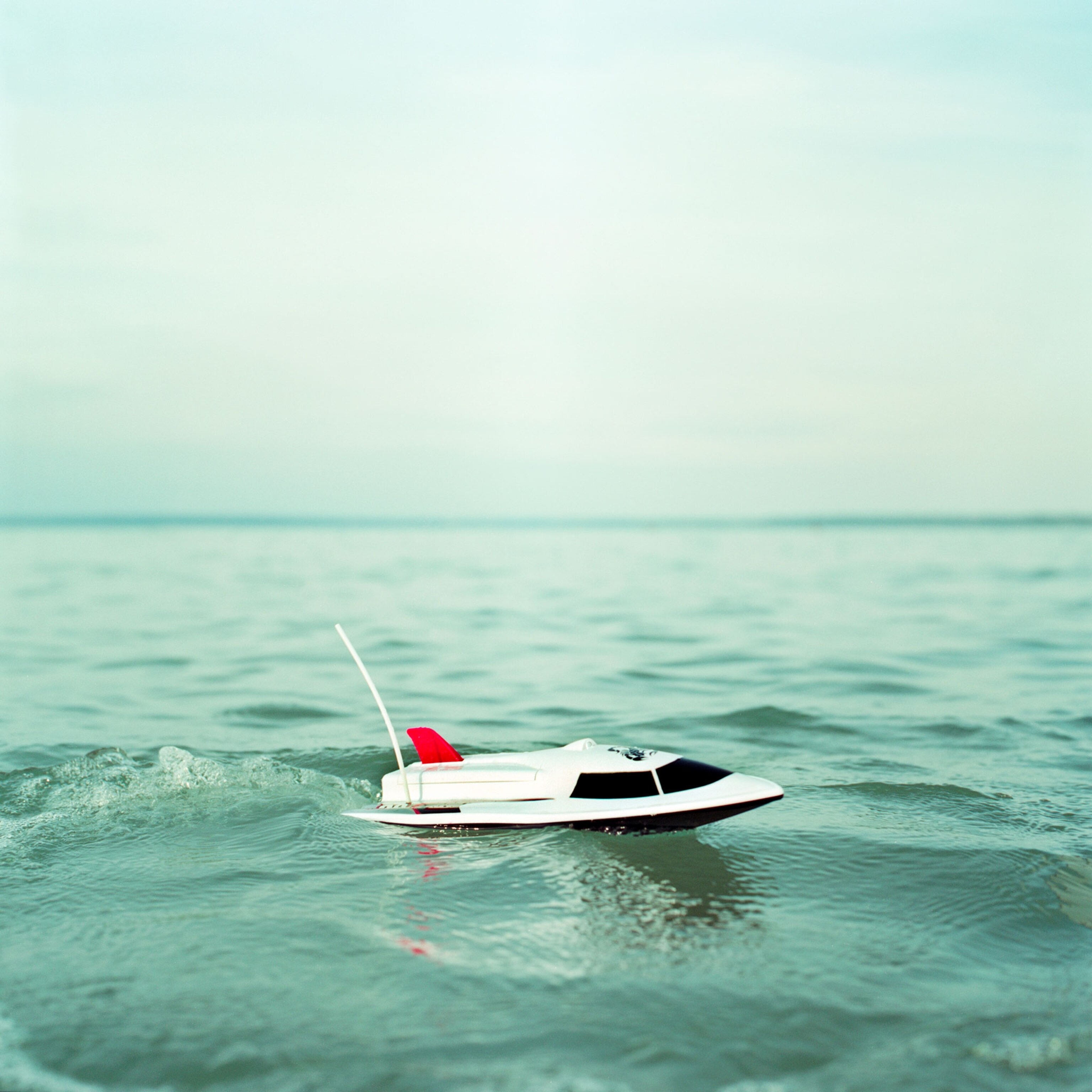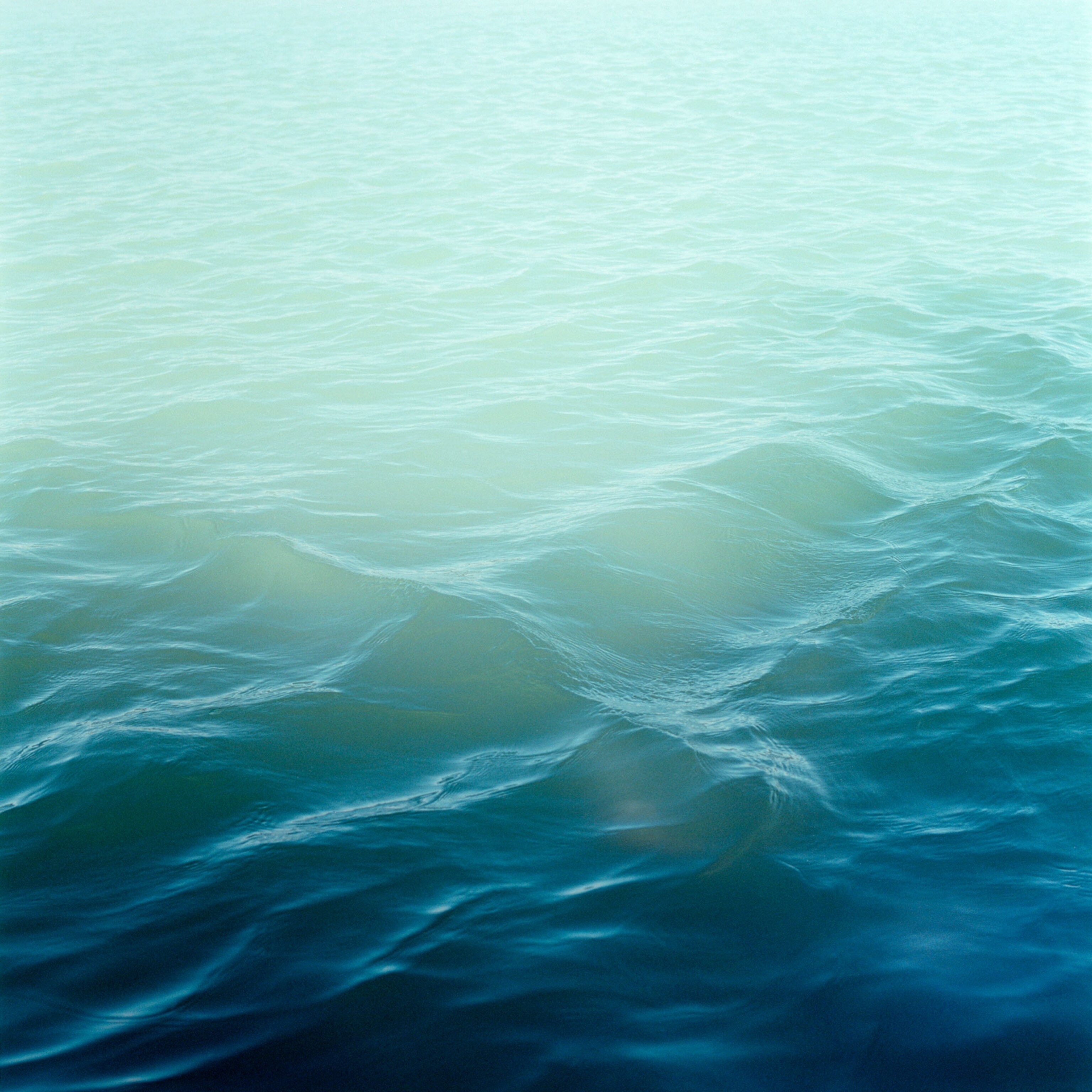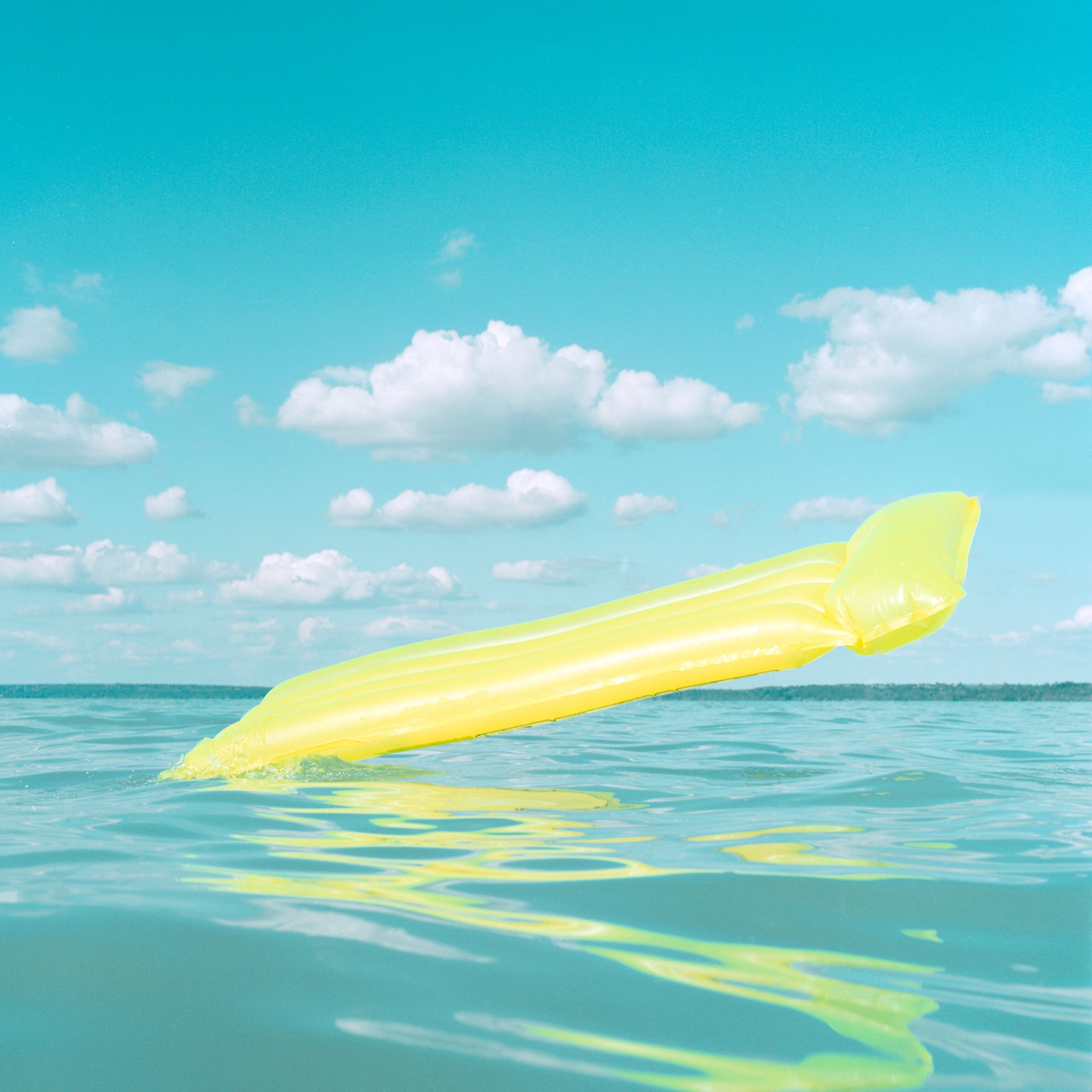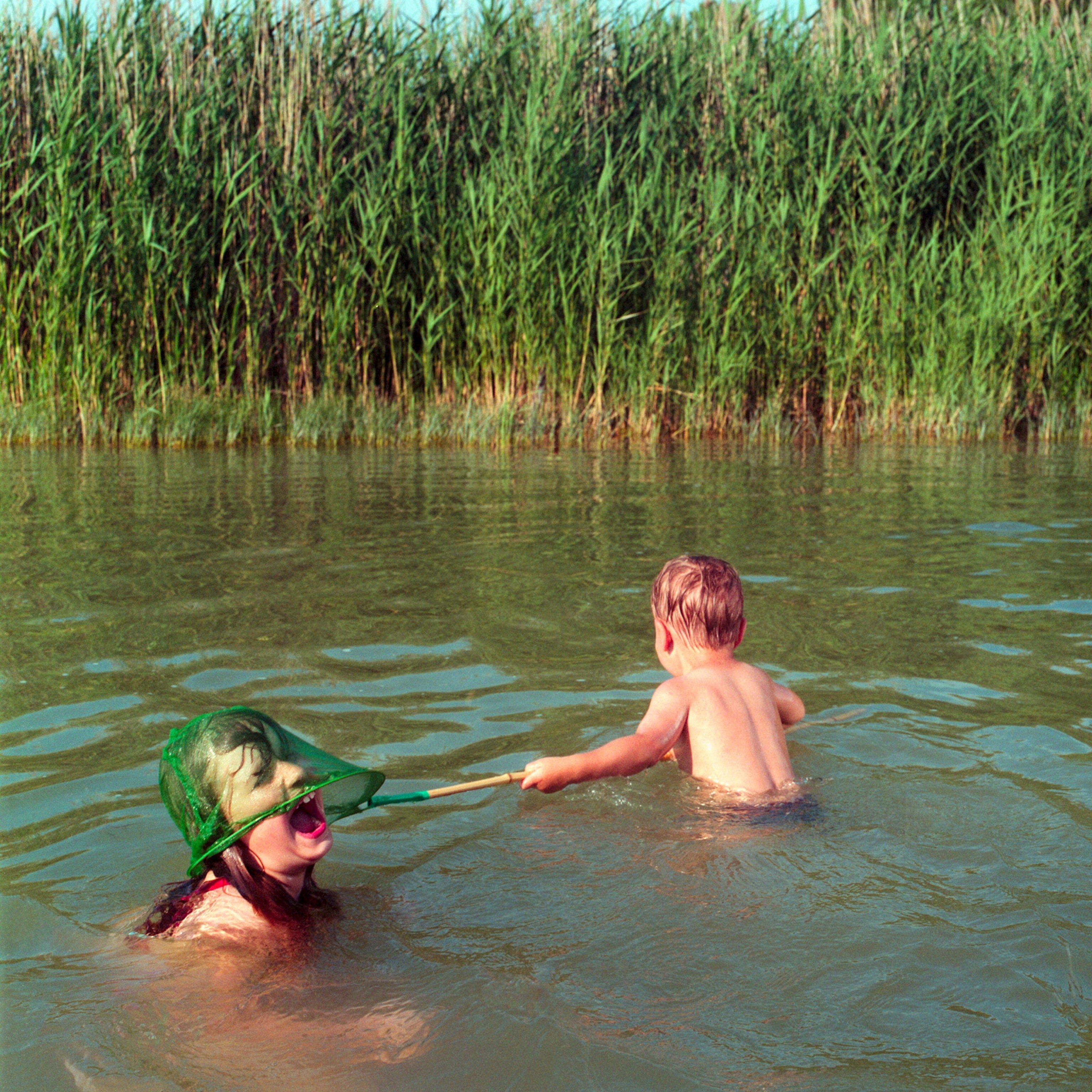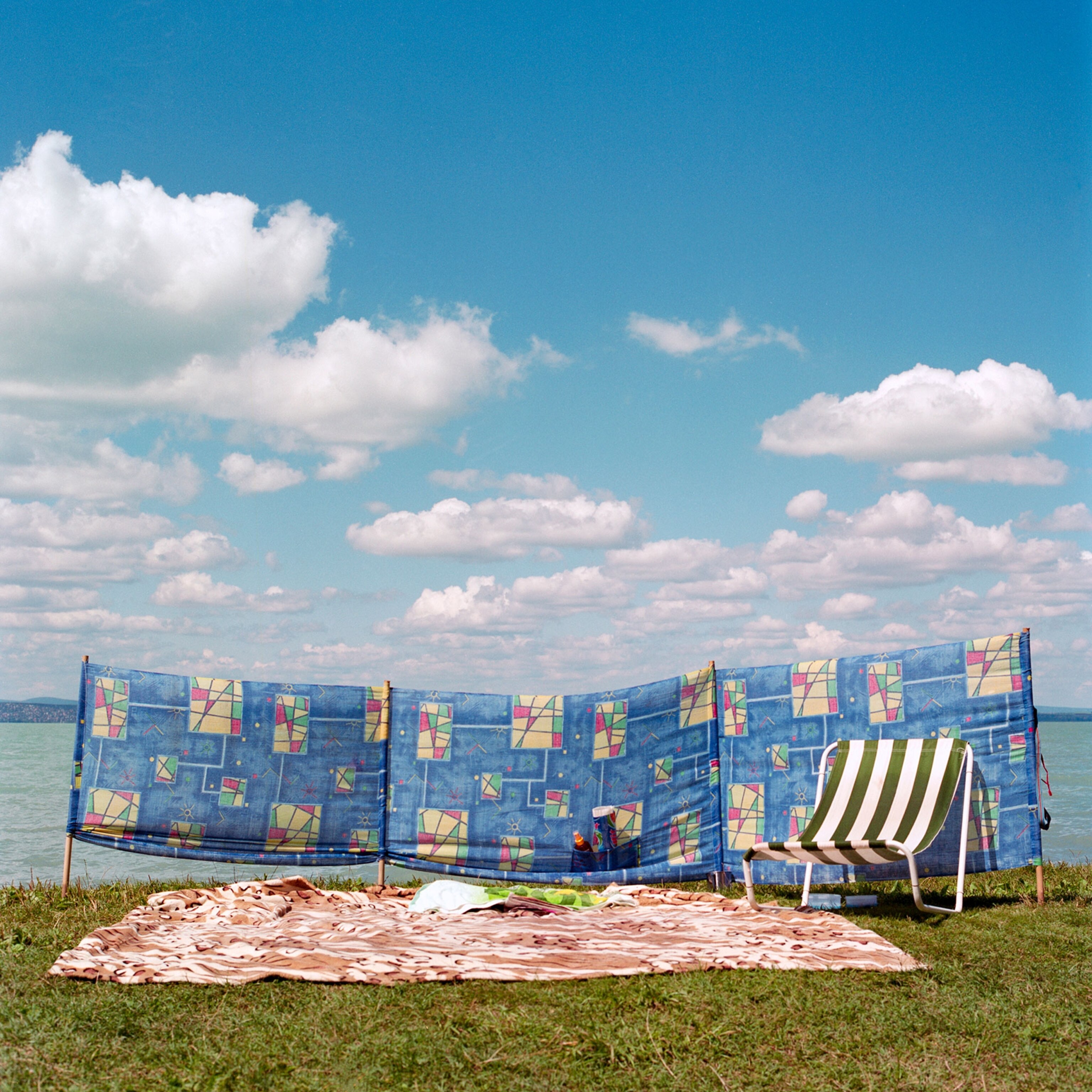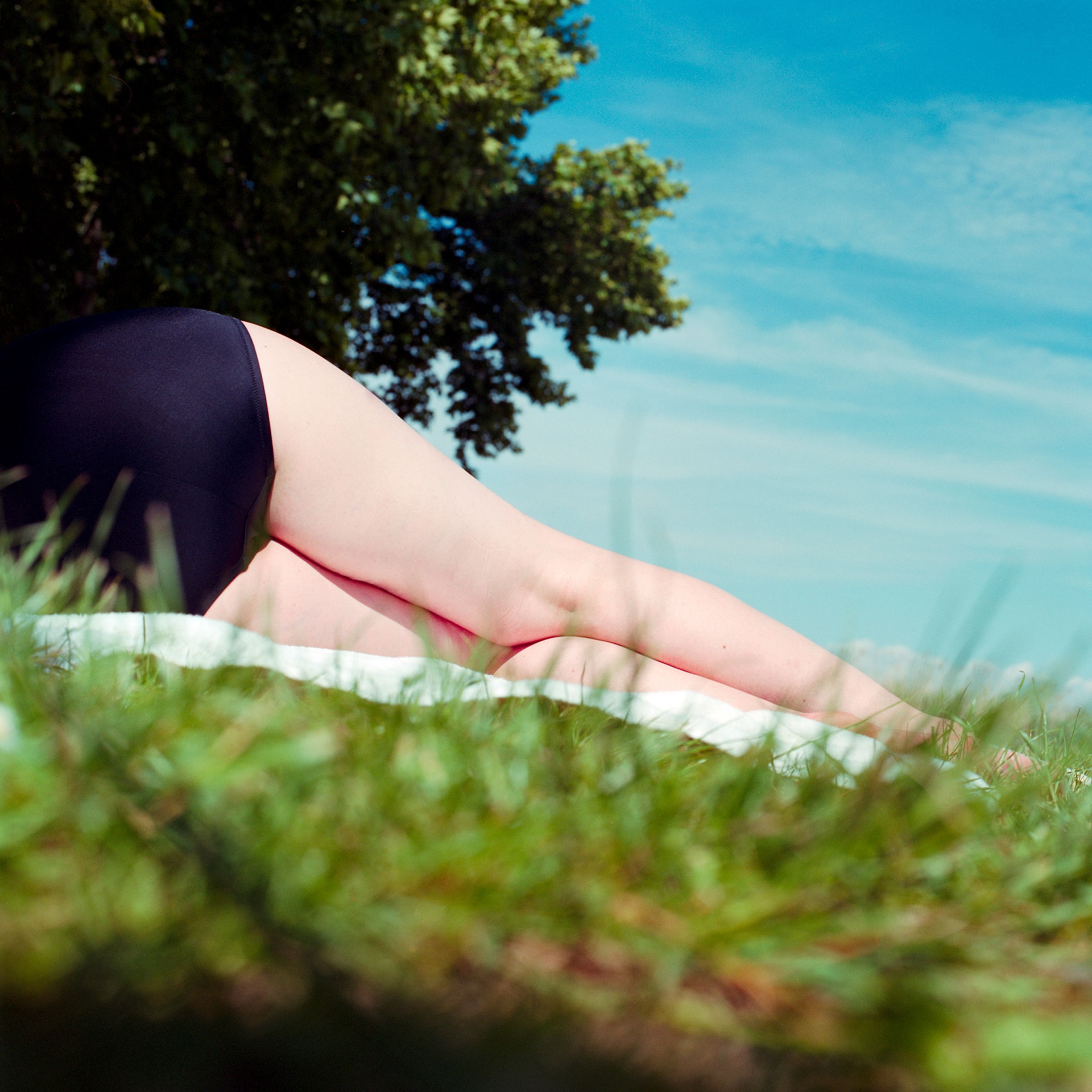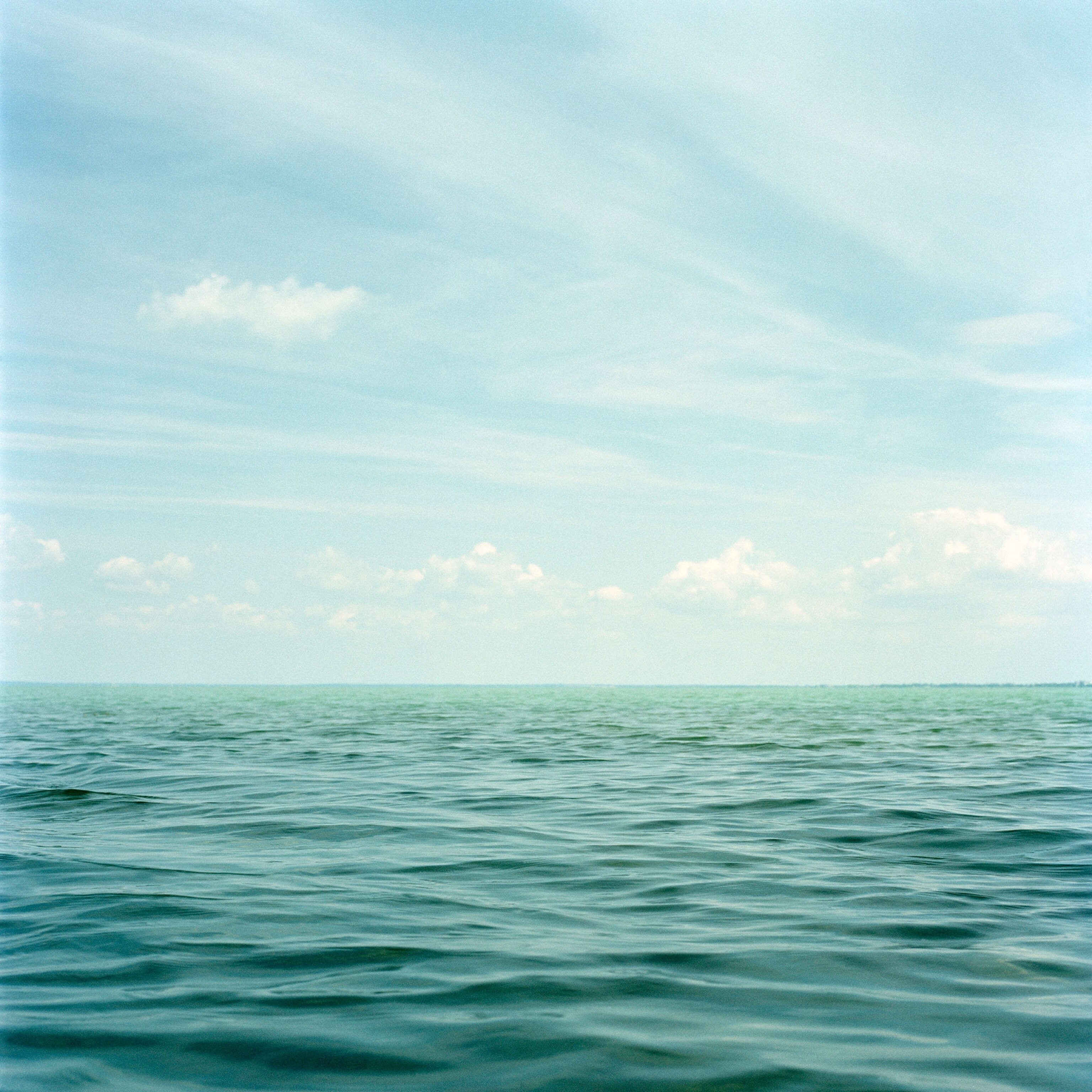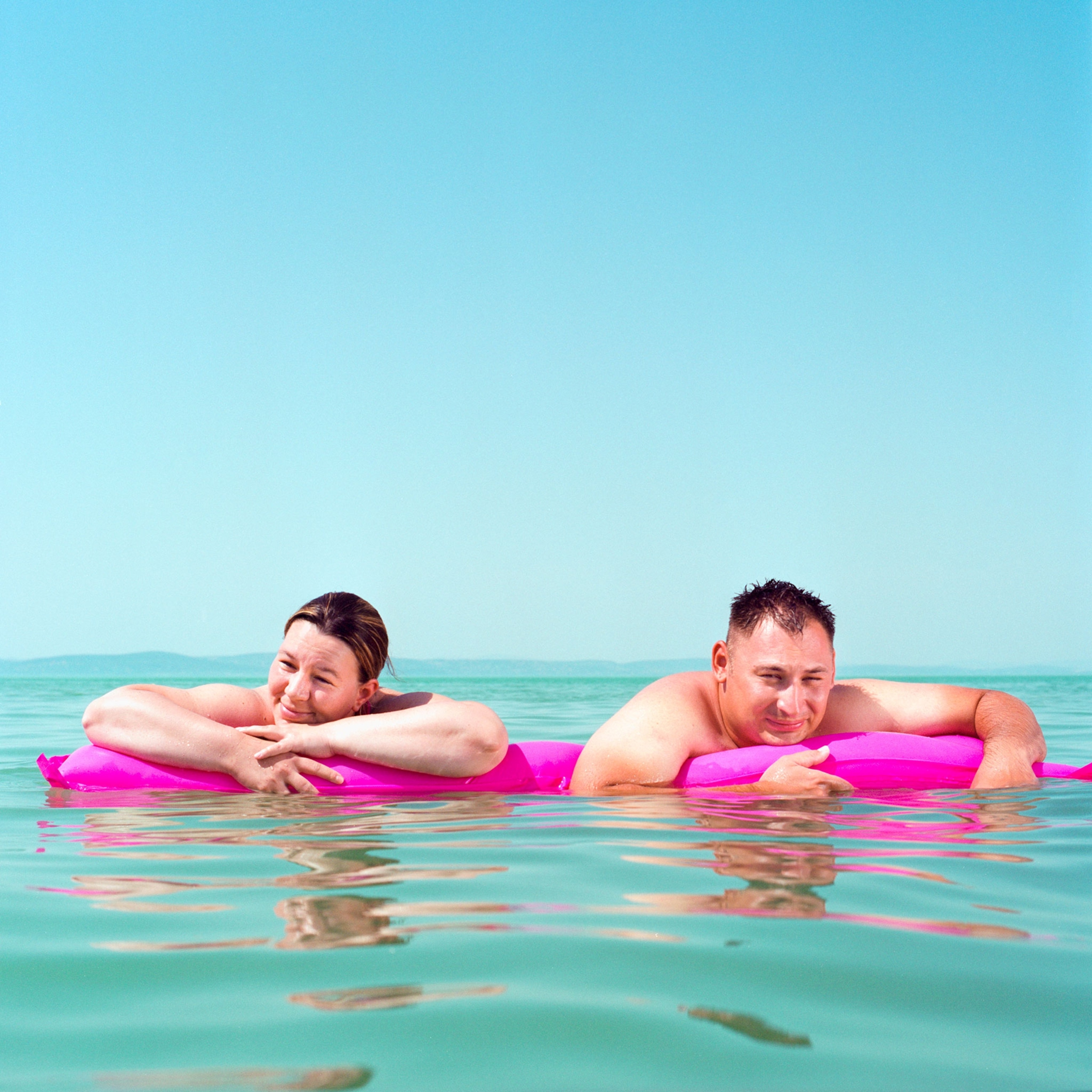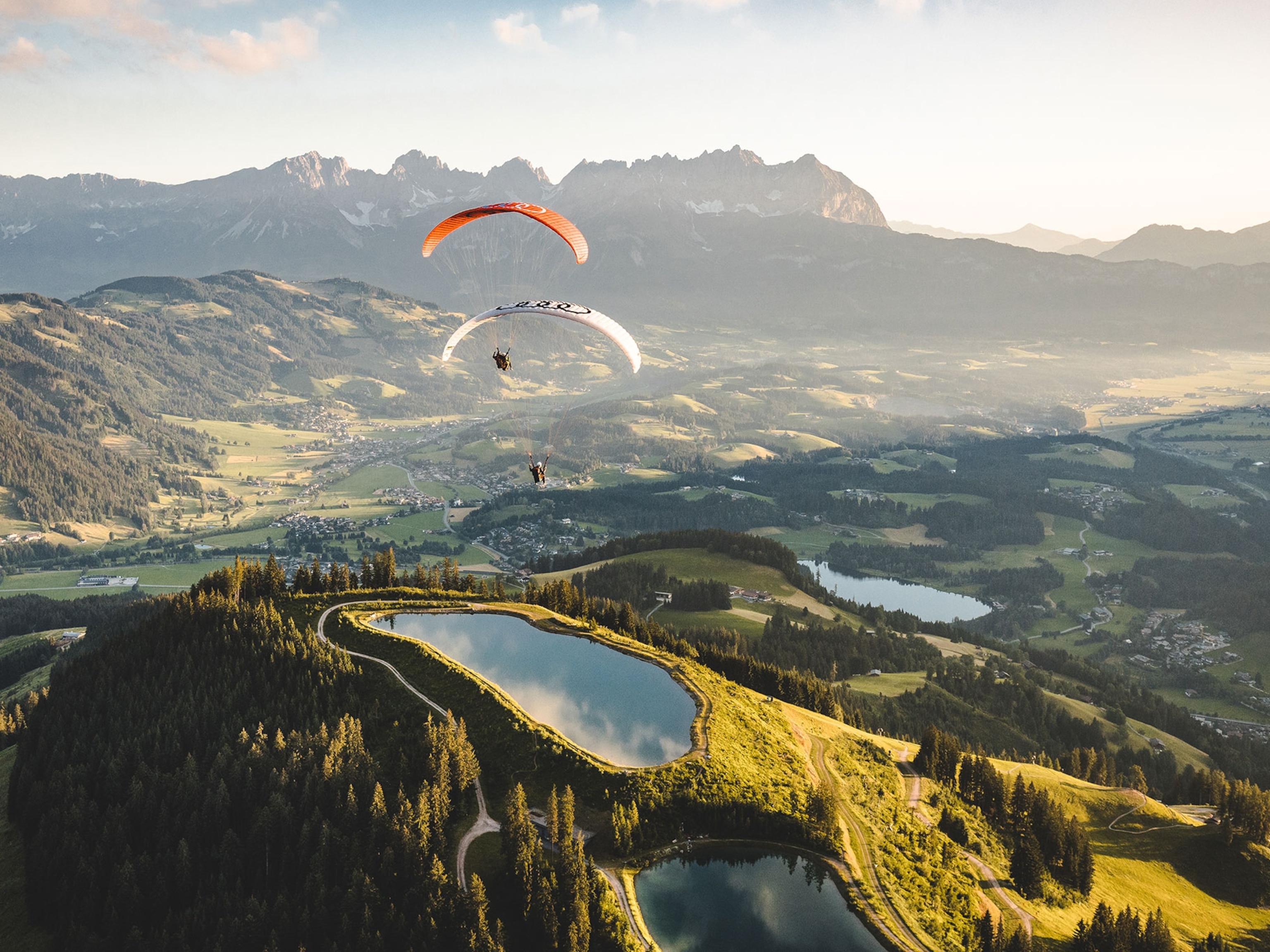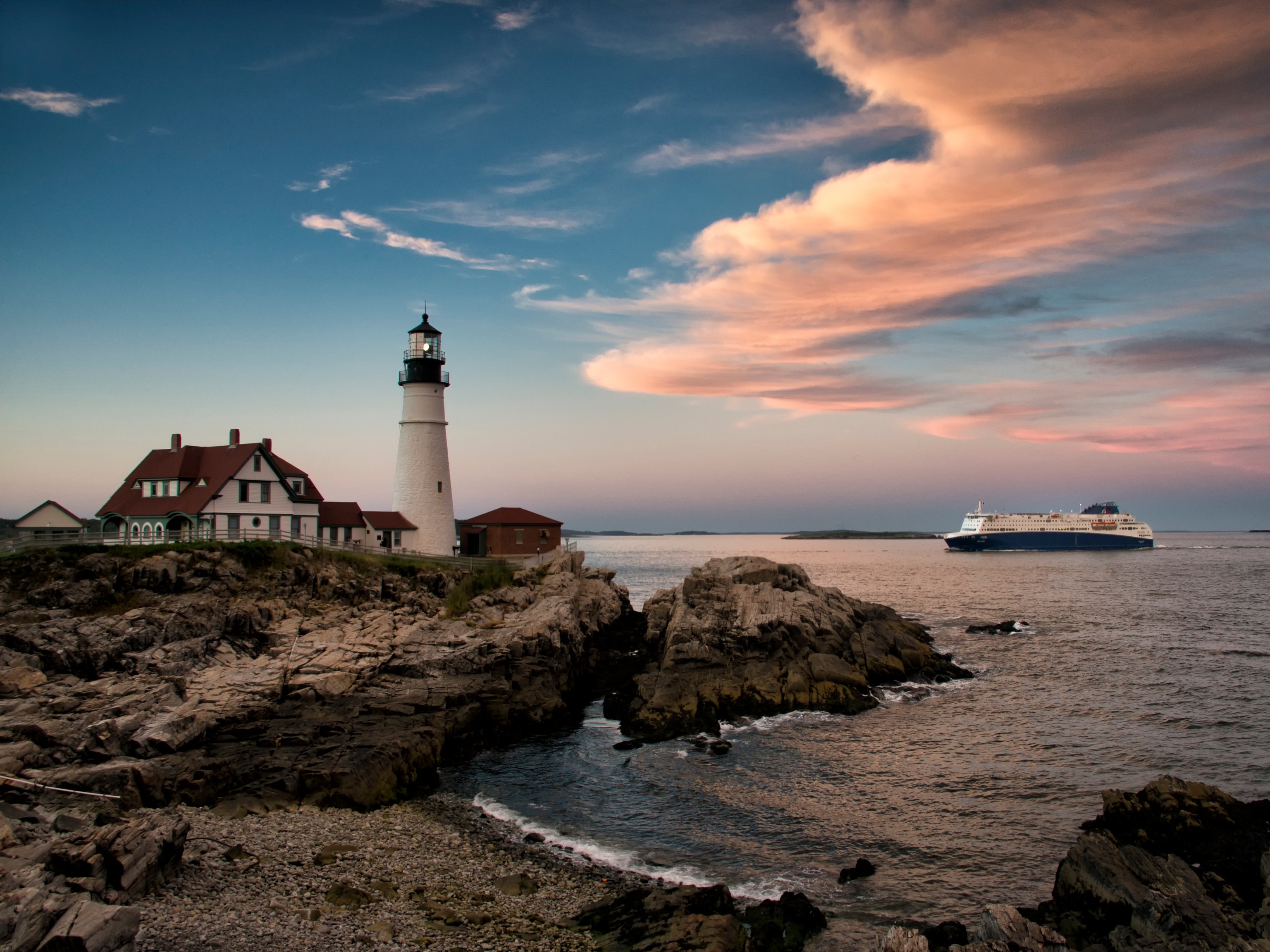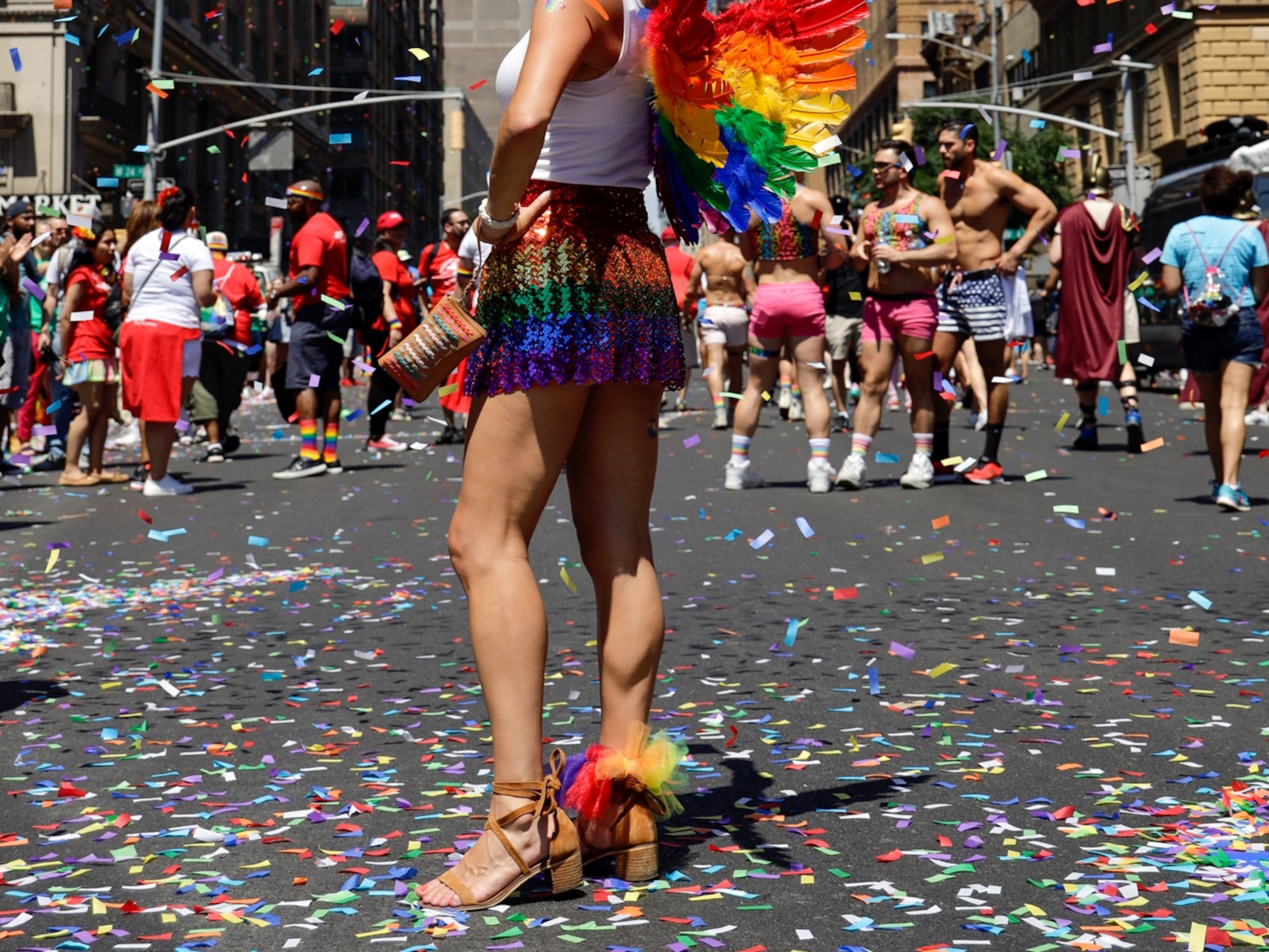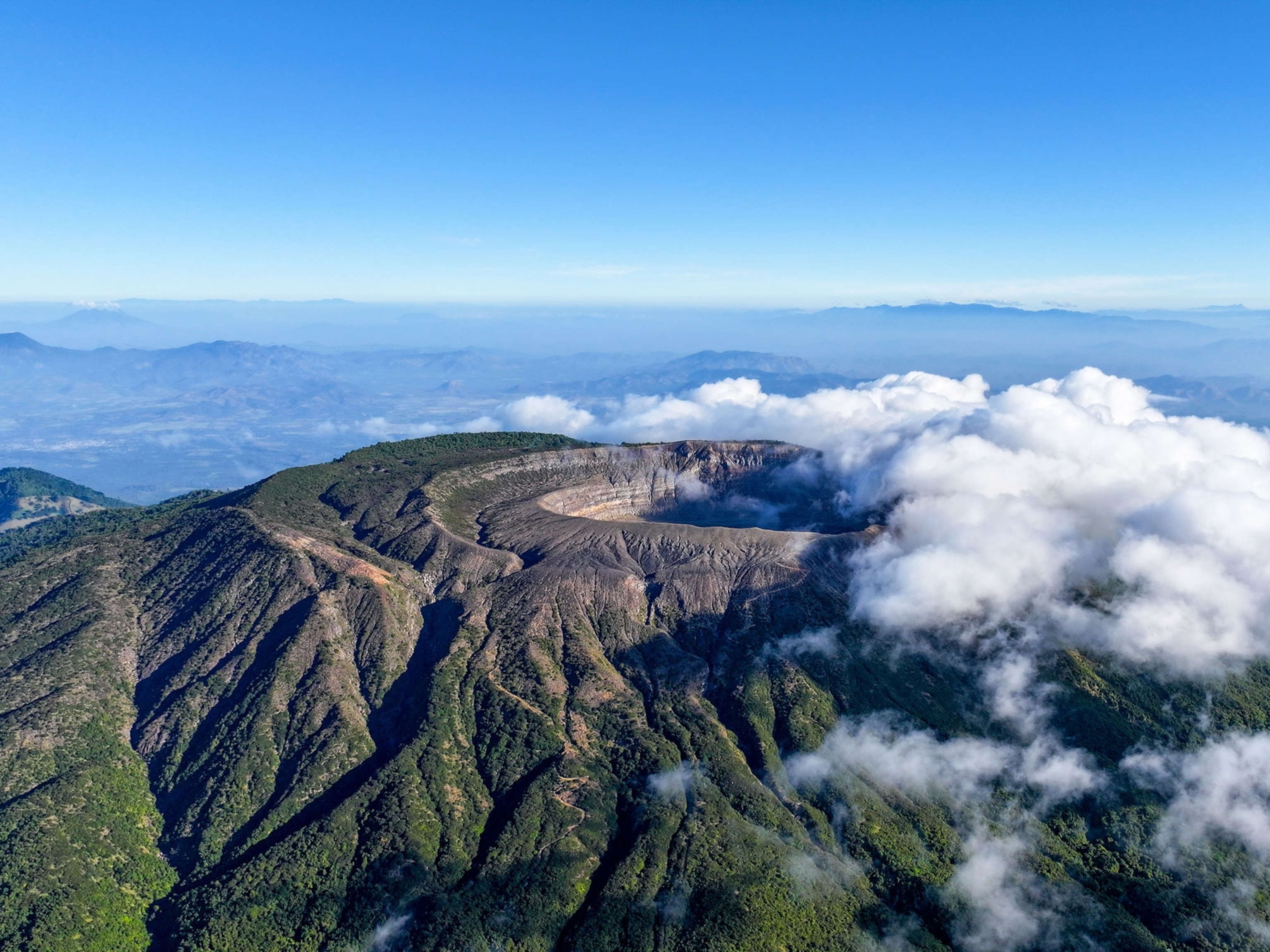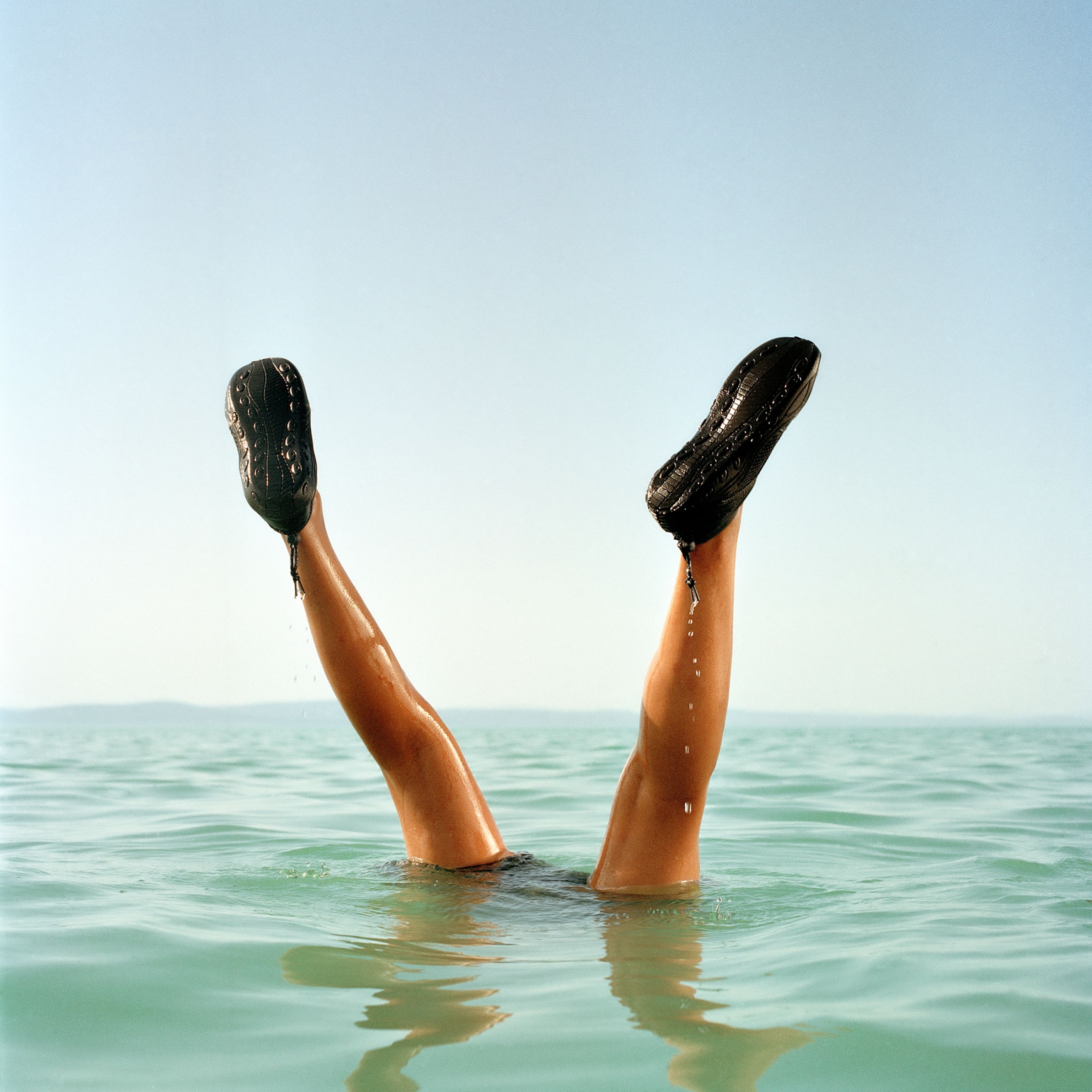
See Colorful Summer Photos of Hungary’s Beloved 'Sea'
Once an important destination for families split by the Iron Curtain, Hungary’s Lake Balaton is on the brink of a renaissance.
If there’s one common Hungarian childhood memory that spans generations and geography, it’s summer vacation at Lake Balaton. Swimming in the shallow, freshwater lake and snacking on corn-on-the-cob or lángos (fried dough topped with sour cream and cheese) are hallmarks of a classic Hungarian summer.
Photographer Zsófia Pályi captures this wistful Balaton spirit in her photo series, “Balaton: The Hungarian Sea”.
“Many Hungarians have the same memories about their childhood holidays. I always have positive feelings associated with Balaton,” Pályi says. When Hungary was part of the Austro-Hungarian Empire, its citizens had access to coastal areas now part of Croatia and Slovenia. “But now we are a landlocked country, so we really appreciate this lake.”
As Central Europe’s largest lake, Balaton holds a special place in the Hungarian soul. During the 1960s and 1970s, over 100 miles of grassy shoreline were filled with East and West Germans as families split by the Iron Curtain reunited on vacation.
“It was a high season for the lake,” Pályi says. Though Balaton is now the second most visited Hungarian destination (after Budapest, naturally), tourism there has changed considerably over the past decades after losing its status as Germans’ favored vacation spot.
The lake itself can feel timeless, but it’s not a time warp, thanks to a burgeoning food, wine, and arts scene. A new wave of restaurants focuses on local ingredients (and great cooking) in the Káli Basin area, on Badacsony Hill, in the Tihany Peninsula, and in the towns of Balatonfüred and Keszthely. The former, on the lake’s northeastern shore, is one of Balaton’s loveliest resort towns—and only a 90-minute drive from Budapest. (Unless you’re going on a Friday evening, when half of the city is also making the trip).
Hills and vineyards surround the 50-mile-long lake. Winemakers coax unique flavors from the five separate, official wine regions, created by the lake’s several microclimates. It’s especially worth seeking out volcanic wines from the Szászi and Gilvesy wineries in Badacsony, a region known for its stony, full-bodied whites. Or try some kéknyelű, the unique, hyper-local vintage found in nearby wineries like Figula and Jásdi. Savoring the sunset from a vineyard above the lake, glass of wine in hand, is a can’t-miss classic Balaton experience.
The local art scene is another big draw. At the end of every July, the annual Valley of Arts festival transforms the village of Kapolcs into a showcase for local artists. And the beautifully-restored Vaszary Villa in Balatonfüred holds works by great Hungarian artists like István Csók and Károly Ferenczy.
But in her photographs, the lake itself is Pályi’s clear focus.
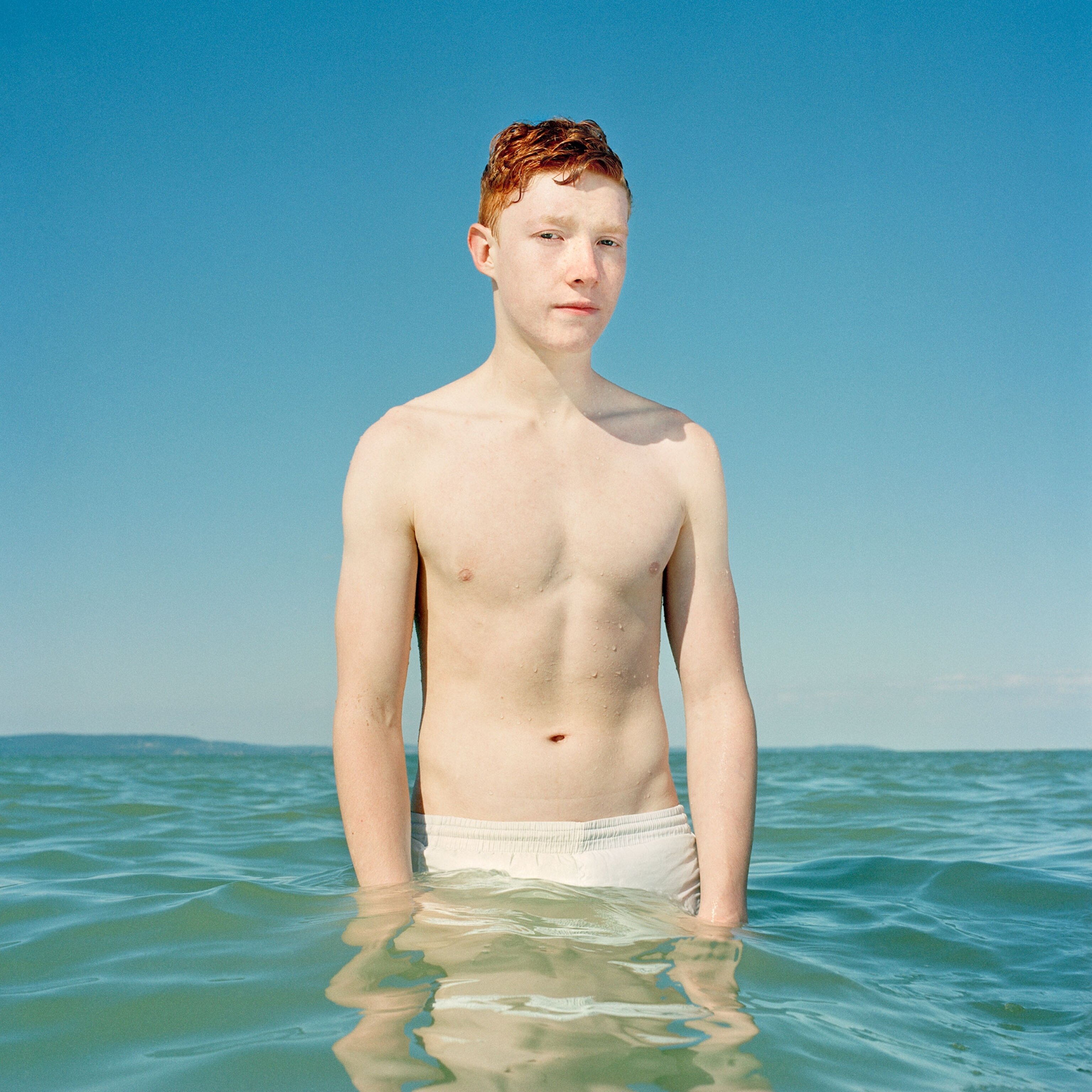
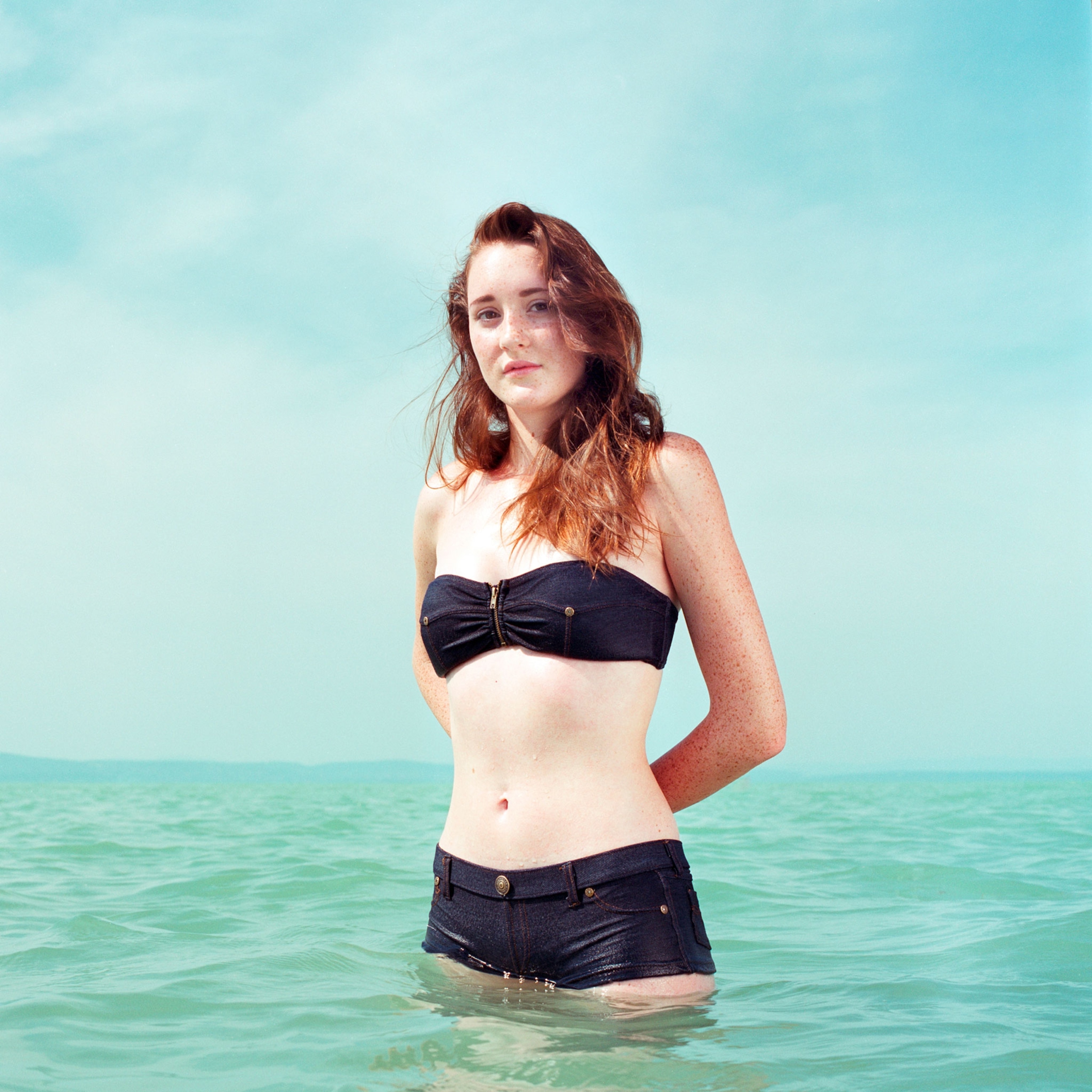
“At the beginning of the project I didn’t know what my approach would be,” she explains. “But the water became my perspective, because that’s how I got to know the people. I just walked up to them, asked if they wanted to be part of it, and they easily opened up to me.”
Though it’s no longer what it once was, Pályi’s bright photos show a Lake Balaton whose renaissance will keep the next generations of Hungarians coming back for summer vacation on their country’s “sea.”

